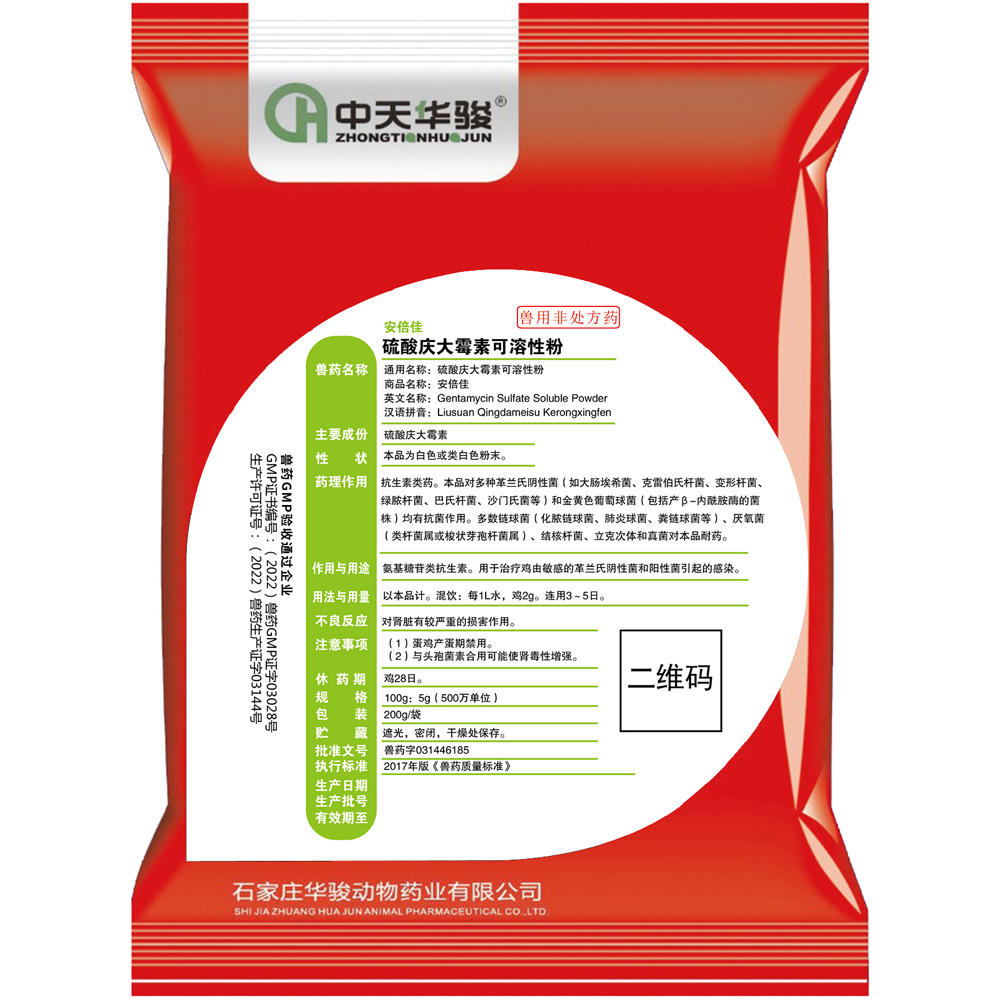
Nov . 26, 2024 02:01 Back to list
Custom Development of Mycoplasma Hyopneumoniae Vaccine for Improved Animal Health
Custom Mycoplasma Hyopneumoniae Understanding and Addressing a Significant Swine Pathogen
Mycoplasma hyopneumoniae is a significant pathogenic agent in the swine industry, primarily responsible for swine pneumonia, a disease that can lead to substantial economic losses for producers. This bacterium is a member of the Mycoplasma genus, known for being the smallest and simplest self-replicating organisms. Its lack of a cell wall makes it unique among bacteria, rendering typical antibiotic treatments ineffective. Consequently, understanding this microorganism and developing customized strategies for controlling infections is essential for ensuring the health of swine herds and the financial stability of pig farming.
Mycoplasma hyopneumoniae primarily affects young pigs, typically those aged 3 to 10 weeks. Infected animals often present with chronic coughing, poor growth rates, and increased susceptibility to other respiratory pathogens, leading to severe respiratory syndromes. The disease is characterized by its high prevalence and persistent nature within herds, creating a challenging environment for pig breeders. The respiratory disease manifests with clinical signs such as labored breathing, nasal discharge, and lethargy, which can severely impair production efficiency.
Custom Mycoplasma Hyopneumoniae Understanding and Addressing a Significant Swine Pathogen
Custom vaccines can be developed through various methods, including isolation and identification of local strains. This process allows researchers to create a vaccine that targets specific antigens present in the variant strains affecting a given herd. Such targeted vaccination programs not only improve immune responses but also reduce clinical signs and lesions associated with the disease. Implementing custom health management strategies alongside vaccination can further bolster herd resistance to outbreaks.
custom mycoplasma hyopneumoniae

In addition to vaccines, enhancing biosecurity measures is crucial in controlling Mycoplasma hyopneumoniae. The disease is easily transmitted through direct contact, aerosols, and contaminated equipment. Therefore, strict hygiene protocols, including regular cleaning and disinfection of animal housing, can significantly reduce pathogen spread. Furthermore, controlling the movement of pigs within and between farms, as well as limiting the introduction of new animals without thorough health screening, is vital in preventing the introduction and dissemination of the bacterium.
Another aspect of custom control strategies involves improving overall herd health through better nutrition and management practices. Stronger animals are less likely to succumb to infections. Providing balanced diets enriched with vitamins and minerals enhances the immune system’s capacity to fend off pathogens. Stress management plays a paramount role in swine health as well. Reducing stressors such as overcrowding, inadequate ventilation, and sudden environmental changes can further decrease the likelihood of disease outbreaks.
Research continues to uncover the complexities of Mycoplasma hyopneumoniae and its interactions with other pathogens, necessitating ongoing adjustments to control strategies. Continuous monitoring and further development of custom solutions, including improved diagnostics, therapeutics, and vaccination protocols, are essential in managing this pathogen effectively.
In conclusion, Mycoplasma hyopneumoniae represents a considerable challenge within the swine industry, but with custom-tailored strategies—including custom vaccines, enhanced biosecurity, and improved herd management—producers can effectively mitigate its impact. As the industry advances towards more sustainable practices amidst rising concerns over antibiotic resistance, adopting tailored approaches will be crucial in safeguarding the health of swine herds and ensuring the economic viability of pork production. The future of swine health management hinges on innovation and adaptability in addressing the challenges posed by Mycoplasma hyopneumoniae.
-
Pleurisy Factory High-Quality Manufacturer & Supplier Solutions
NewsMay.19,2025
-
Premium Dexamethasone for Equine & Climbing Trusted Suppliers & Factory
NewsMay.19,2025
-
Sulfamono Methoxine Supplier High-Quality Veterinary Antibiotic
NewsMay.18,2025
-
Premium Staphylococcus Products Trusted Manufacturer & Supplier
NewsMay.18,2025
-
Premium Lincomycin HCl API Manufacturers Trusted Supplier & Factory
NewsMay.17,2025
-
Mad Cow Disease Test Kits Reliable BSE Detection Solutions
NewsMay.17,2025




